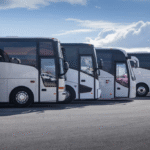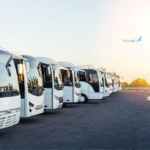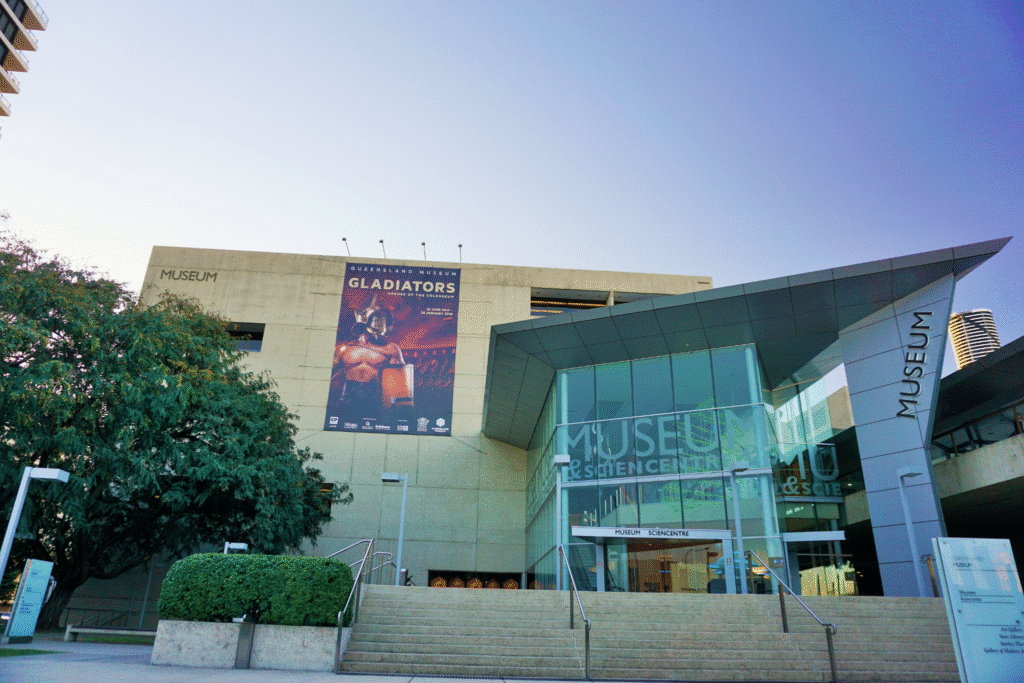
(The Queensland Museum)
Funded by the State Government of Queensland, the Queensland Museum currently operates at 5 different campuses – Wooloongabba, Townsville, Toowoomba, Ipswich and South Brisbane. It is the state’s centre for science and human achievement, cultural heritage and natural history. It houses a vast collection of artworks, while also providing educational experiences, childhood activities and innovative public programs. It is also home to the science centre where you can participate in various interactive and kinetic experiments and displays. Remember to book bus hire in Brisbane, if you are travelling in a group to this iconic museum.
Table of Contents
History Behind The Museum
The institution was founded on 20 th of January 1862, by the Queensland Philosophical Society, with Charles Coxen being one of the principal founders. Over the years, there were several temporary homes within the city including the General Post Office, Parliament House and The Old Windmill.
In the year 1879, the State Government built a separate home for the museum in William Street, which stood tall for 2 decades. Later, in the year 1899, everything was shifted to the Old Museum (previously known as Exhibition Hall), in Bowen Hills suburb of Brisbane on the Gregory Terrace, where it remained for another 86 years. Finally in 1986, it found its core position at the South Bank in the Queensland Cultural Centre, next to the Queensland Art Gallery .
What’s Inside The Museum?
The main entrance starts at the 2nd level where the Museum shop and ticket office are positioned. Stroll across the Museum shop to the tunnel path outside the entrance, where you will find some colossal life-sized whales suspending from the roof, and you get that real feeling of witnessing the whales overhead, backed up by amazing sounds in the background.
As you discover the exhibitions on level two, there will be plenty of excitement to unravel, while taking a journey under the sea and exploring life with marine reptiles in the Coral Coast room. Replica mangrove roots is the favourite spot here, which acts as a small cubby for children to wander through, lighting up the display sections by pushing buttons and housing animals. Other key highlights include:
The Wild State Exhibition
Wild State is a celebration of the diverse habitats and beauty of Queensland, which has taken 6 years to complete. The gallery houses a striking display of taxidermy on more than 300 animal species, within the 5 broad habitats found in the state. It’s a true evidence of the museum’s dedication to honor the state and everything that thrives in it.
The Discovery Centre
The thrill and excitement continue on level 3, as you find yourself indulged in the Discovery Centre. This is a fantastic display of the museum’s collection of thousands of animals, objects, fossils, beautiful butterflies, ferocious sharks, slippery snakes on display, and a lot more. There are computer games for kids to play and many interactive sections.
Wide Network Of Museum Outlets
The museum now operates at numerous locations, and plays host to some world class events:
Queensland Museum & Sciencentre
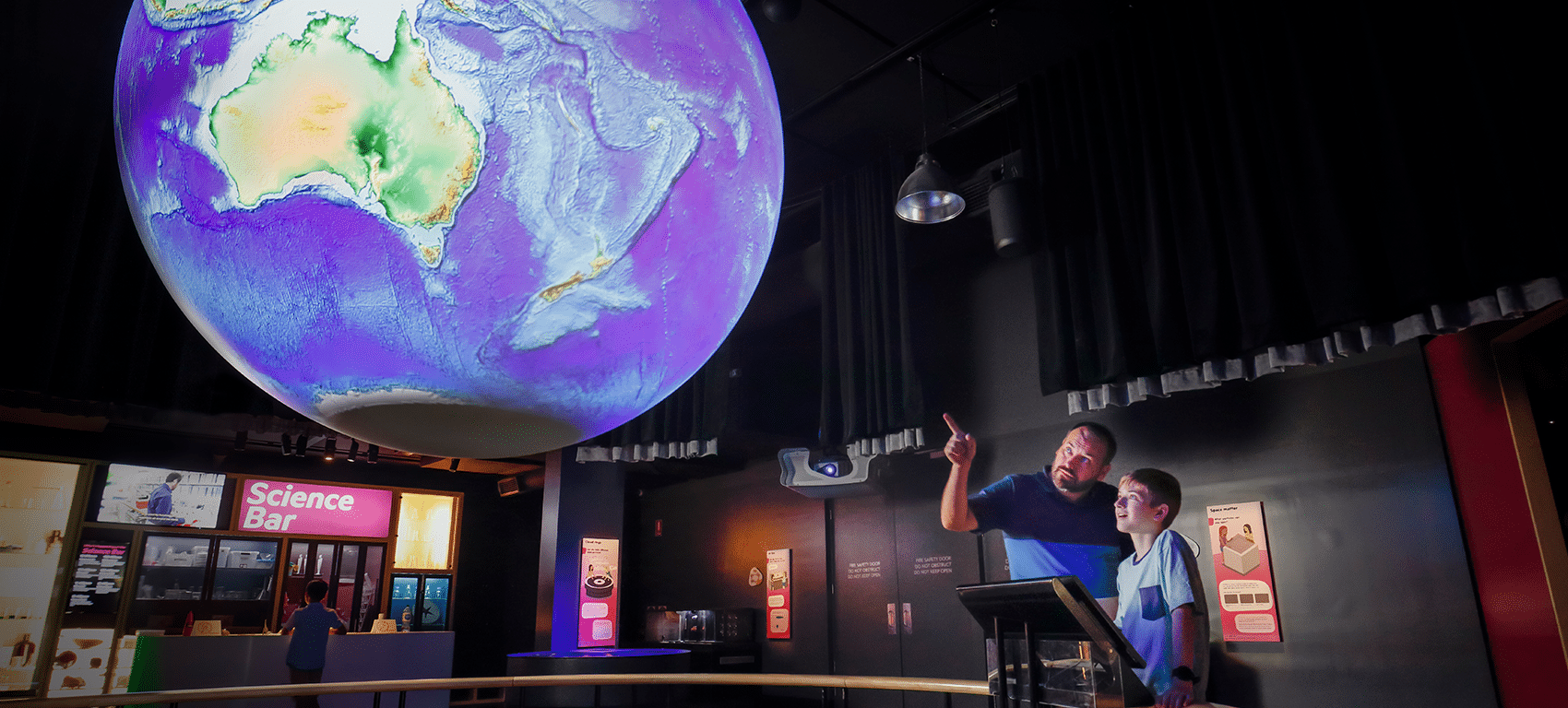
(Queensland Museum & Sciencentre)
Located in the heart of the city’s cultural precinct, Queensland Museum & Sciencentre can be called the headquarter, connecting visitors to the history of Queensland, its people and their stories. Popular shows include travelling exhibitions from down under and across the globe as well as interesting exhibitions, revealing the Queensland story, prehistoric past and the culture of Torres Strait Islanders and Aboriginal Peoples of the State, revealing unique biodiversity of Queensland. Sciencenter is all about exploring scientific adventures in an interactive way.
World Science Festival Brisbane
The museum network also has an exclusive license to compeer the World Science Festival in the Asia Pacific region, igniting new and challenging discussions about Maths, Engineering, Technology and Science and rebranding the position of Australia as a knowledge economy. Last year, the inaugural event took place in March and will continue to follow the trend with regional satellite events taking place in Chinchilla, Townsville and Toowoomba.
Workshops Rail Museum
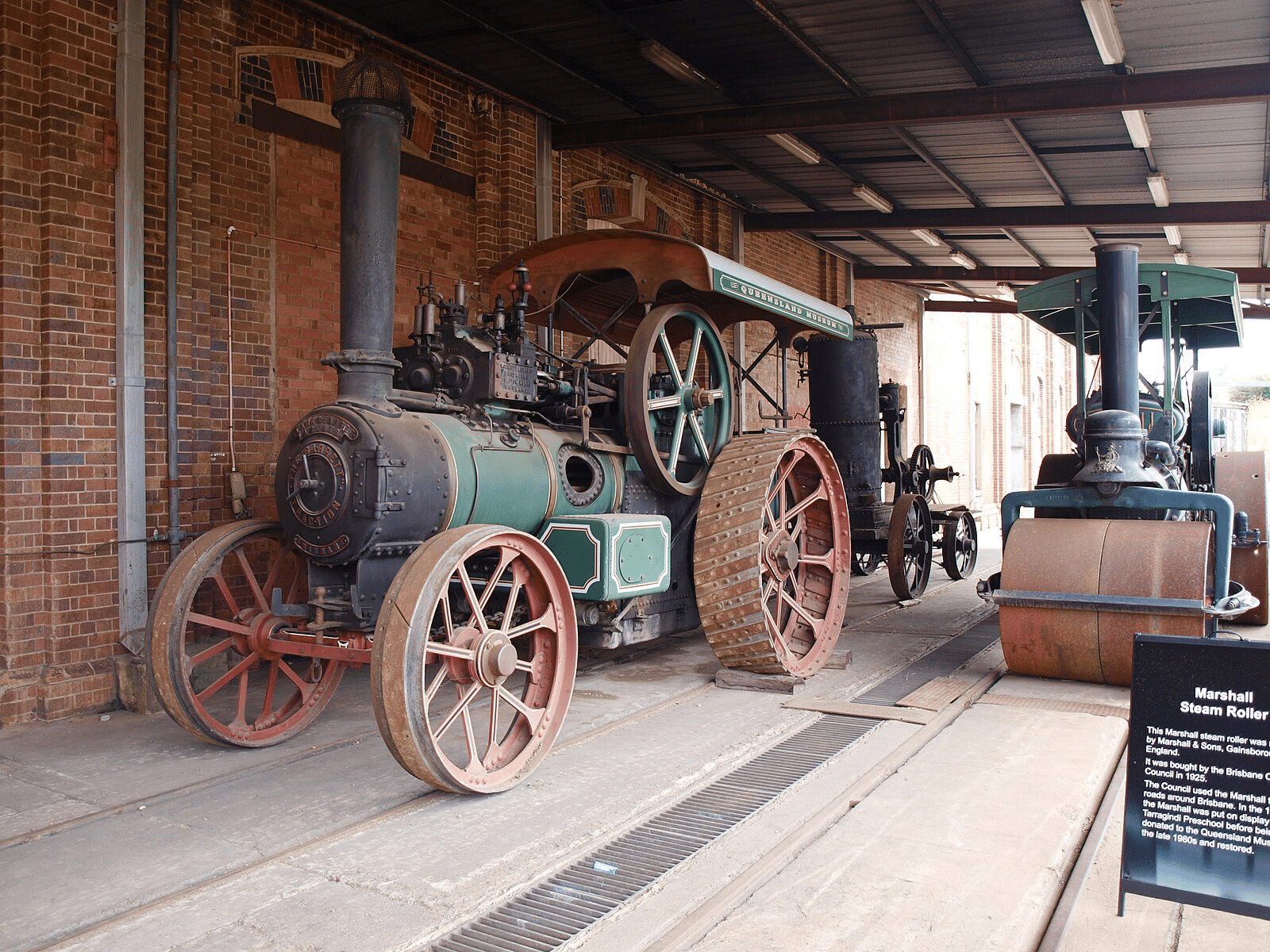
(Workshops Rail Museum)
Housed inside the North Ipswich Railway Workshops, The Workshops Rail Museum was founded in August 2002. There are thousands of smaller items on display, along with a unique collection of rolling stock. Some of the steam locomotives that are still being operated today in the Rail Heritage fleet, are placed on showcase, when not in use for the main line.
Cobb & Co Museum
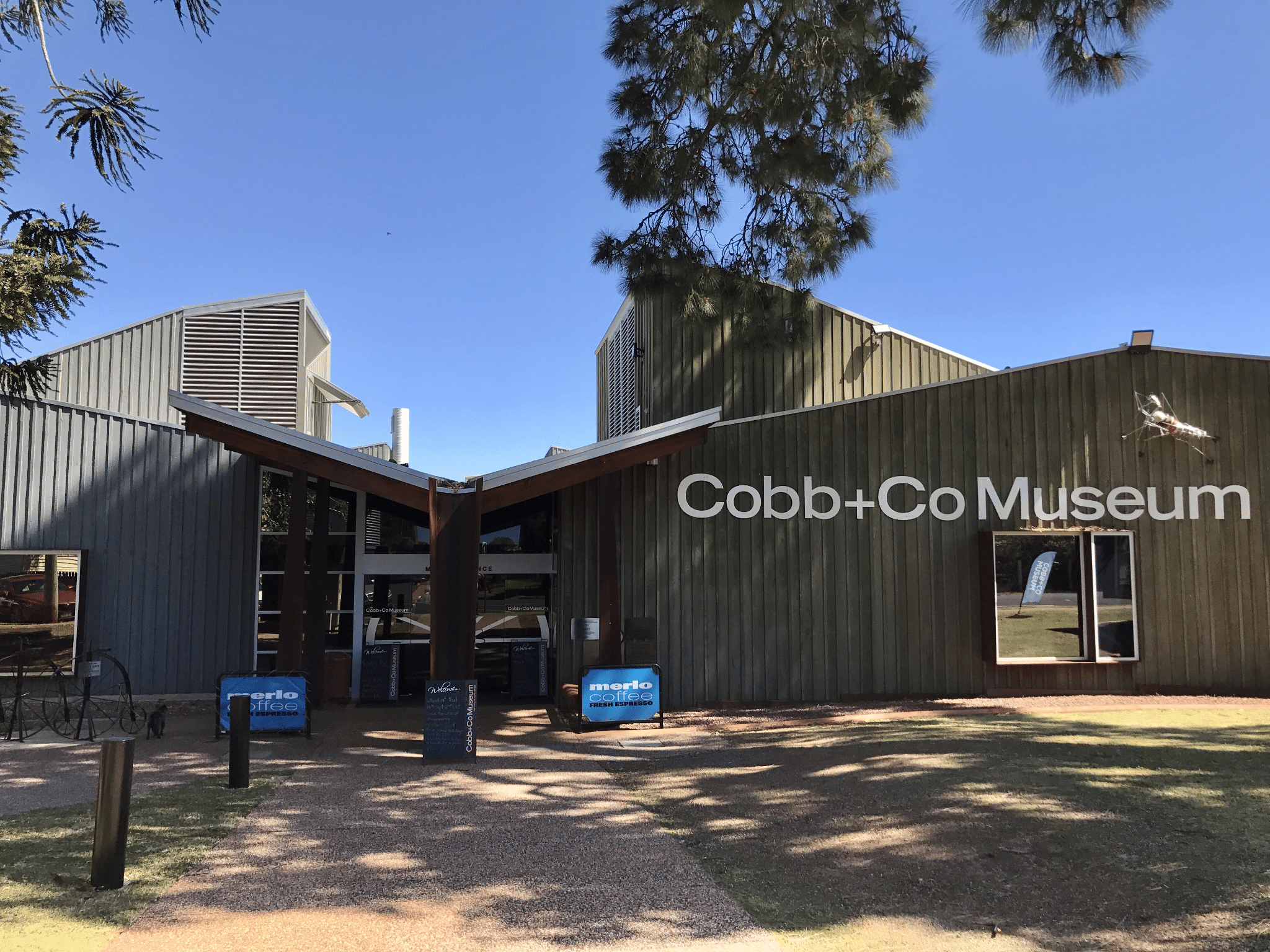
(Cobb & Co Museum, Toowoomba, Queensland)
When Queensland Museum was in need of space to display its horse-drawn carriages and coaches in 1987, it opened its campus in Toowoomba, by the name of Cobb & Co museum, which is home to the National Carriage Collection. The wide range of items on display include prehistoric vehicles, from the delivery carts, from farm wagons, from the horse drawn era to the landau, known to be the Rolls Royce of Carriages. They also run a heritage workshops program, which includes leatherwork, lead lighting, silversmithing and blacksmithing.
Museum of Tropical Queensland
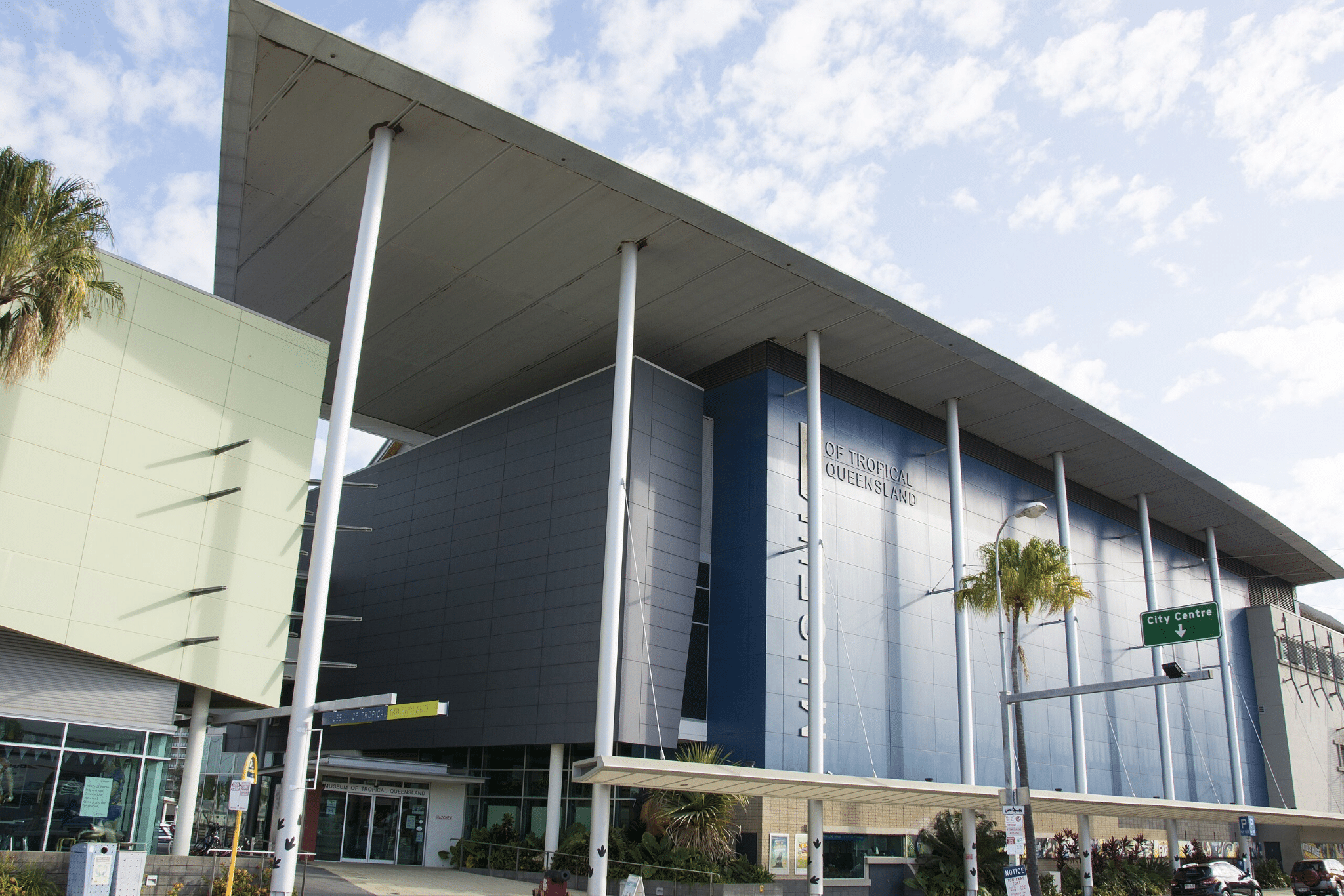
(Museum of Tropical Queensland)
The Museum of Tropical Queensland is a campus located in Townsville, with the key highlight being the HMS Pandora Gallery. Sent across to catch hold of the renowned rebellious crew of the HMS Bounty, the Pandora sank off in 1791, off the coast of Cape York. Put on display are hundreds of artefacts that have been retrieved from the wreck. For children, the most popular spot is the interactive science centre, MindZone, while other galleries celebrate the marine creatures, corals, rainforest from the fossil and deep sea.
All in all, the Queensland Museum is ideal for a family day trip, with interesting displays and exhibits that are certain to fascinate people of all ages. The way in which you can explore and discover new facts and knowledge is what creates that truly exciting effect. If you are travelling with kids, this is an ideal place to let them learn about new things in an interesting way.
What is the history of the Queensland Museum?
Founded in 1862 by the Queensland Philosophical Society, the museum has moved through several sites before settling at South Bank in 1986. It is now part of the Queensland Cultural Centre.
What are the must-see exhibitions at the Queensland Museum?
Highlights include the Wild State Exhibition, which showcases over 300 animal species across Queensland habitats, and the Discovery Centre, featuring fossils, butterflies, sharks, snakes, and interactive displays for children.
Does the Queensland Museum have multiple campuses?
Yes. In addition to the South Brisbane site, it operates the Workshops Rail Museum in Ipswich, Cobb & Co Museum in Toowoomba, and the Museum of Tropical Queensland in Townsville.
What major events are associated with the Queensland Museum?
The museum hosts the World Science Festival Brisbane, a major international science event in the Asia-Pacific, featuring exhibitions, discussions, and satellite events across Queensland.
Why is bus hire recommended for visiting the Queensland Museum?
Bus hire ensures groups can travel comfortably together, avoids parking hassles in South Bank, and allows visitors to also explore nearby cultural attractions like QAGOMA and the State Library.

